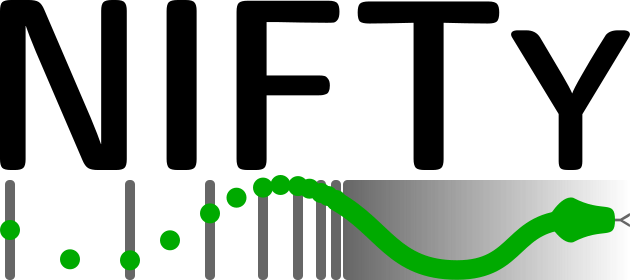# This program is free software: you can redistribute it and/or modify
# it under the terms of the GNU General Public License as published by
# the Free Software Foundation, either version 3 of the License, or
# (at your option) any later version.
#
# This program is distributed in the hope that it will be useful,
# but WITHOUT ANY WARRANTY; without even the implied warranty of
# MERCHANTABILITY or FITNESS FOR A PARTICULAR PURPOSE. See the
# GNU General Public License for more details.
#
# You should have received a copy of the GNU General Public License
# along with this program. If not, see <http://www.gnu.org/licenses/>.
#
# Copyright(C) 2013-2020 Max-Planck-Society
# Author: Philipp Arras
#
# NIFTy is being developed at the Max-Planck-Institut fuer Astrophysik.
from warnings import warn
import numpy as np
from ..domain_tuple import DomainTuple
from ..domains.power_space import PowerSpace
from ..operators.adder import Adder
from ..operators.contraction_operator import ContractionOperator
from ..operators.distributors import PowerDistributor
from ..operators.harmonic_operators import HarmonicTransformOperator
from ..operators.normal_operators import LognormalTransform, NormalTransform
from ..operators.simple_linear_operators import ducktape
from ..operators.value_inserter import ValueInserter
from ..sugar import full, makeField, makeOp
from .correlated_fields import (_log_vol, _Normalization,
_relative_log_k_lengths, _SlopeRemover,
_TwoLogIntegrations)
